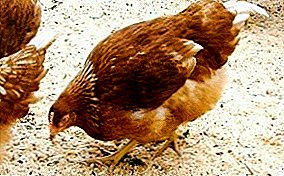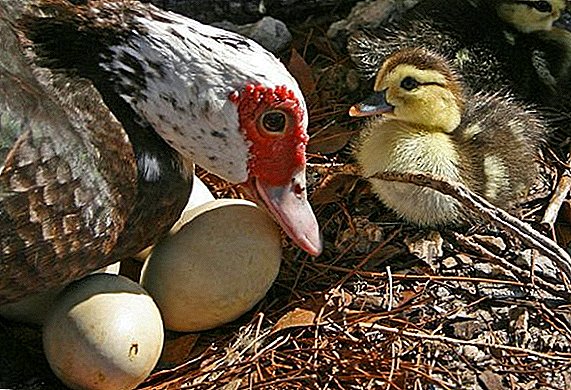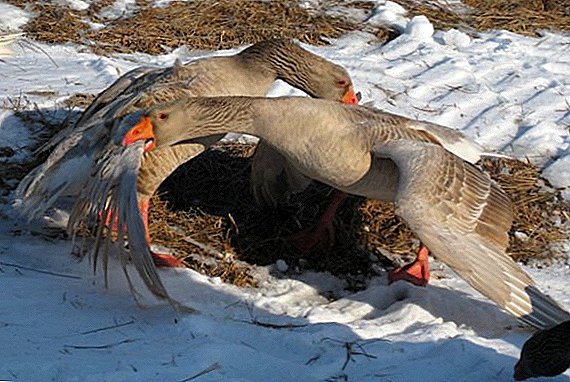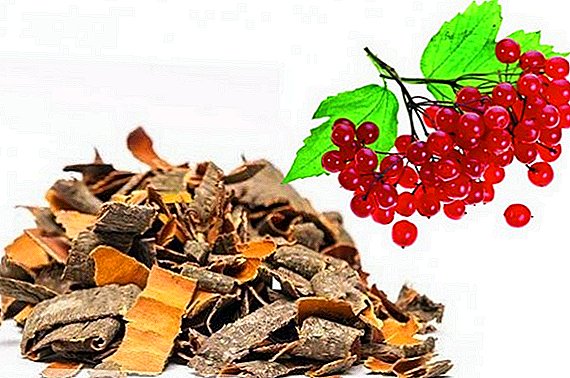
Tuberculosis of birds is considered to be a severe disease, during which the development of tuberculous granulomas in the bone marrow and intestines begins.
The disease was first described in 1884 along with diphtheria, and already in 1980 it was recognized as an independent disease.
This infectious disease that Mycobacteriumavium causes usually becomes chronic. Tuberculosis is very susceptible to many species of birds.
These are chickens, domestic and wild ducks, turkeys, swans, flamingos, pheasants, geese. It is known that the disease occurs in at least 80 species of birds. Pheasants living in nurseries, very difficult to tolerate tuberculosis. But among chickens most individuals get sick older than 12 months.
What is bird tuberculosis?
 Initially, bird tuberculosis was taken to be associated with diphtheria, but later it was recognized as an independent disease.
Initially, bird tuberculosis was taken to be associated with diphtheria, but later it was recognized as an independent disease.
At one time, scientists believed that bird tuberculosis is directly related to mycobacteria. Later it was found that people and birds observed different forms of the disease, which can not be identified.
Tuberculosis of birds is common in many countries of the world, including Uruguay, Venezuela, Denmark, Norway, Germany, Russia, etc. Most often it is found in the northern regions, where there is a temperate climate.
Due to the difficulties of diagnosis it is difficult to accurately determine the level of infection. Reduce the prevalence of the disease can only by changing the way of keeping birds. So, thanks to this decision in Canada, the incidence rate dropped to 1-26%.
Since the infection often begins to develop in large concentrations of birds, this leads to economic losses. Damage is directly related to the high mortality of birds and a decrease in egg production. After the transition to keeping birds in cages, financial losses can be reduced.
A more difficult situation is observed in zoos. So, tuberculosis is very dangerous for rare species of birds. It is almost impossible to completely get rid of the infection, because the microorganism survives in the soil, provided the premises are not sufficiently cleansed.
Pathogens
 The causative agent of bird tuberculosis is Mycobacteriumavium. It can be stored for a long time in the ground or on the litter.
The causative agent of bird tuberculosis is Mycobacteriumavium. It can be stored for a long time in the ground or on the litter.
It is known that the bacterium is pathogenic for cattle, pigs and horses. When poultry, namely chickens, are infected, the process is generalized.
It is known that the pathogen grows at a temperature of + 47 ° C on nutrient media. On such a liquid medium where there is glycerin, the bacilli expand in the form of a wrinkled film.
In the buried corpses of birds that have suffered from tuberculosis, the pathogen persists for about a year, and in manure for at least 7 months.
Mycobacteriumavium is distinguished by its acid, alcohol, and antiformal resistance. Such features must be considered when isolating an infection from the collected pathological material.
Course and symptoms
 The treatment of the disease and the main symptoms may vary depending on the type of bird.
The treatment of the disease and the main symptoms may vary depending on the type of bird.
So, in chickens the incubation period lasts on average 1-10 months.
The first symptoms are weakness and inactivity, fever, and reduced egg production. When the process is generalized, pallor and ridge wrinkling, loss of appetite, and severe exhaustion are noted.
In some cases, paralysis of the legs, diarrhea, rupture of the liver and spleen. Symptoms of intestinal forms of tuberculosis are different. So, chickens suffer from severe diarrhea and weakness. In addition, through the abdominal wall, you can probe the nodes.
It is worth noting that with frequent walking and good feeding in sick chickens, the signs of the disease are almost imperceptible. Birds have a good body condition for quite a while.
46-86% of eggs laid by diseased individuals are unfertilized. Chickens that still hatch produce the causative agent of the disease, although the response to tuberculin may be negative.
 Moscow white chicken is a prime example of ordinary poultry, which is usually bred in Russian villages.
Moscow white chicken is a prime example of ordinary poultry, which is usually bred in Russian villages.Protect your chickens from hemophilia. All details are available at: //selo.guru/ptitsa/kury/bolezni/k-virusnye/gemofilez.html.
Symptoms of tuberculosis in other birds:
- Ducks and turkeys for a long time remain mobile and fat. Individuals exhibit disheveled plumage and weakness. Of the eggs of infected birds do not manage to get healthy young.
- In pheasants the incubation period lasts quite long. At the next stage, exhaustion, loss of appetite, lameness and diarrhea are observed.
- Decorative birds, including canaries and parrots, suffer from exhaustion, anemia, and diarrhea. A decrease in egg production is also noted.
Depending on the extent of the damage, the disease can even last for several years. Often the bird dies due to hemorrhage, caused by rupture of the spleen or liver.
Diagnostics
The primary diagnosis is made after studying the macroscopic picture and clinical signs. To confirm the presence of tuberculosis, it is necessary to make smears and identify acid-resistant cells there. In addition, the growth of mycobacterial colonies should be observed on nutrient media.
Exists several common diagnostic methods bird tuberculosis:

- Tuberculin test indispensable for mass diagnostics. All tests are carried out on areas of the body where there is no plumage. Allergen is administered both intra- and subcutaneously. More effective is the first option.
The study of the reaction is carried out in two days. Local inflammation is considered to be a positive reaction, although false negative and false positive results are often recorded. This skin test only indicates that there was contact with mycobacteria. To make an accurate diagnosis, it is necessary to repeat the test in a month.
- Enzyme-linked immunosorbent assay allows to detect antibodies in sera. Since its quantity should be minimal, such a method is often used to diagnose tuberculosis in exotic birds without bare areas of the body.
- Agglutination reaction considered more effective than skin testing. However, this method can also give a false positive result.
- Differential diagnosis. We are talking about opening the corpse. Tuberculosis can be confused with typhoid, oncologic processes, enterohepatitis or cholera due to similar injuries. The main difference between tuberculosis is a large number of acid-resistant bacilli.
Treatment
 For the treatment of poultry, anti-TB drugs are practically not used, since it is economically disadvantageous.
For the treatment of poultry, anti-TB drugs are practically not used, since it is economically disadvantageous.
Antibiotics are quite expensive, because they are given only to valuable exotic species. So, a combination is often assigned. isoniazid, rifampicin and ethambutol.
There is another two-stage treatment regimen:
- Within 2 months, a mixture of pyrazinamide, isoniazid, streptomycin, rifampicin and ethambutol should be given to sick birds.
- If the bacteriocarrier persists, then 3-4 months every other day, or rifampicin and isoniazid should be given daily.
Usually, sick individuals are not vaccinated, because it will only help to limit the spread of tuberculosis. To successfully combat the disease, a whole range of measures should be taken, which includes a systematic examination of birds for the presence of tuberculosis.
In advanced cases, treatment is considered ineffective. The sick bird is simply destroyed, because it represents a danger even to human health.
Prevention
 The most important preventive measure is the removal of all birds that have a positive result in diagnosing tuberculosis.
The most important preventive measure is the removal of all birds that have a positive result in diagnosing tuberculosis.
If at least one infected individual remains in the flock, active development of the disease is possible. For diagnosing it is better to use a whole range of measures.
It is easiest to control the disease by killing birds after the laying season.. Due to this, it is possible to significantly reduce the secretion of mycobacteria. If the improvement of livestock is planned, then it is necessary to change the place of detention.
Other preventive measures:
- installation of new equipment, since disinfection is often ineffective;
- installation of fences, so that sick birds will not be able to spread the infection;
- the destruction of birds in which tuberculous lesions were observed;
- creation in the new environment of the new pack.
Avian tuberculosis is a very dangerous infectious disease that can harm the human body. Therefore, it is worth taking a responsible attitude to the content of poultry and not to neglect safety measures.












